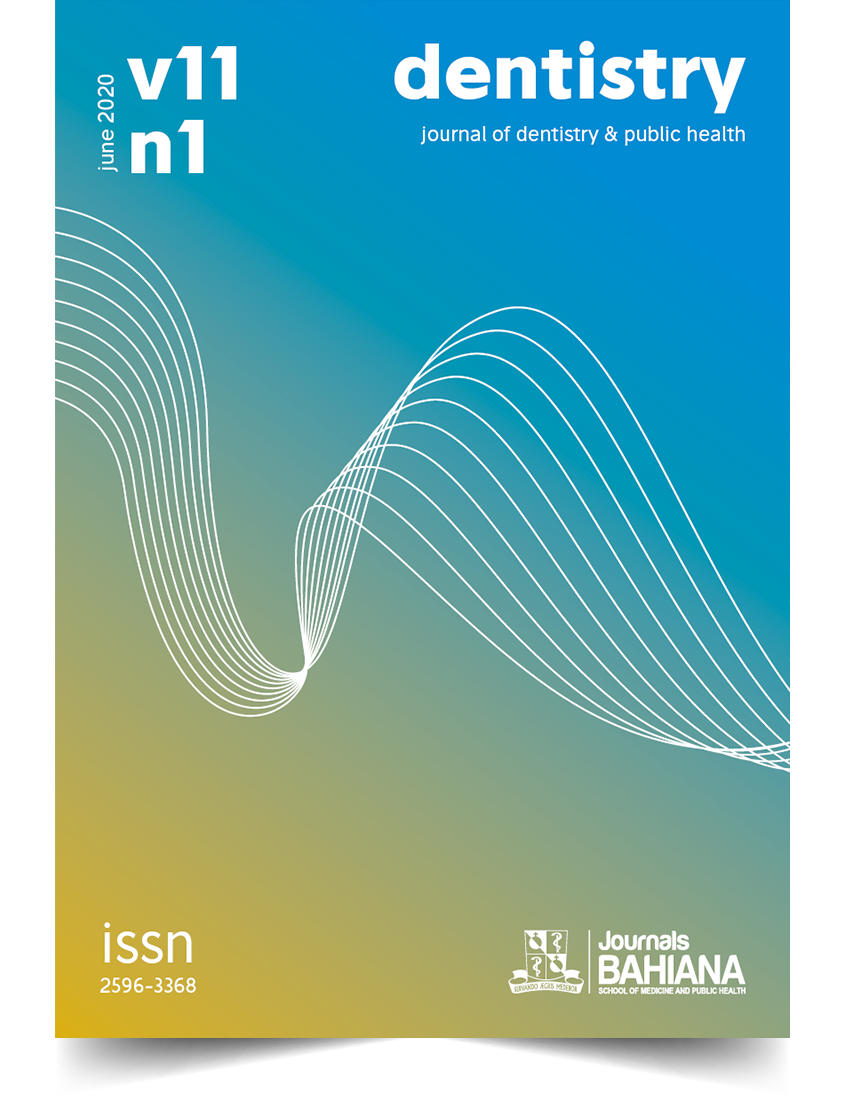Biphosphonate-related osteonecrosis of the jaw
DOI:
https://doi.org/10.17267/2596-3368dentistry.v11i1.2601Keywords:
Osteonecrosis. Diphosphonates. Mandible.Abstract
Endogenous pyrophosphate is a substance responsible for inhibiting bone resorption in the body, but can not be used as a therapeutic agent in the treatment of diseases, as it rapidly undergoes enzymatic hydrolysis. Biphosphonates, the synthetic analogues of this substance, are potent inhibitors of osteoclastic activity and are chosen as the first treatment option for several diseases that relate to loss of bone mass such as osteoporosis, Paget's Disease, Skeletal Metastases and Multiple Myeloma. The first case of biphosphonate-related osteonecrosis of the jaw (BRONJ) was presented in 2003, and since then several studies have been carried out with the objective of understanding the mechanism that leads these compounds to induce a maxillary bone necrosis. Recently, new cases of BRONJ associated with another class of antiresorptive drugs, such as Desonumab, have been drawing attention. This paper aims to discuss, through a literature review, the knowledge about the action mechanism of these drugs and their relationship in the care of dental patients, seeking new updates that may help in the better understanding of their etiopathogeny. To do this study, a bibliographic survey was made regarding the occurrence of BRONJ, using Pubmed, Scielo, Google Scholar and Medline as search bases from 2001 to 2018. Through this study, it can be concluded that although several discoveries have been made since the appearance of the pathology until the present moment, a lot of research still has to be done to arrive at a adequate treatment protocol.



